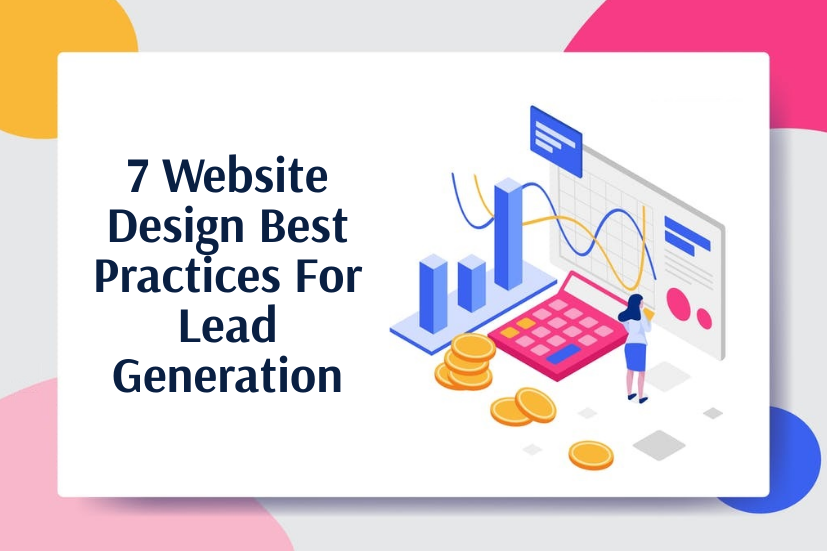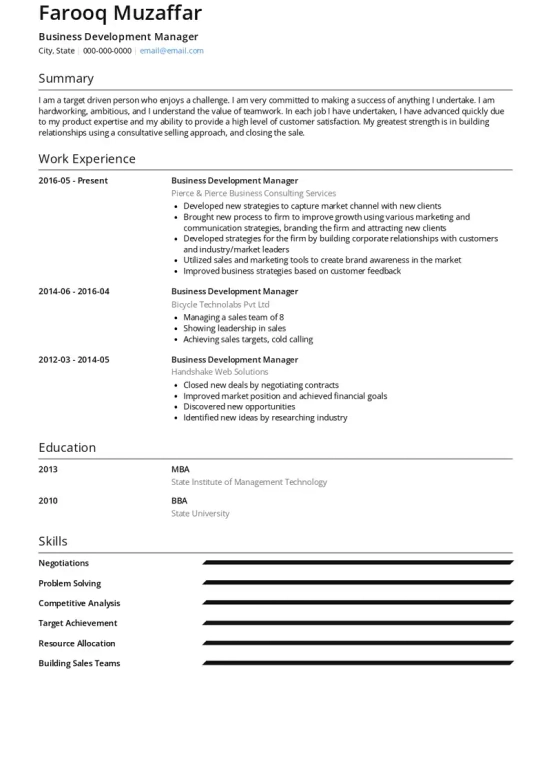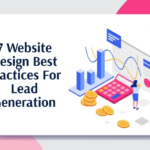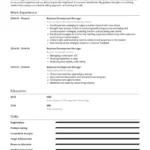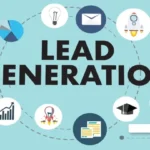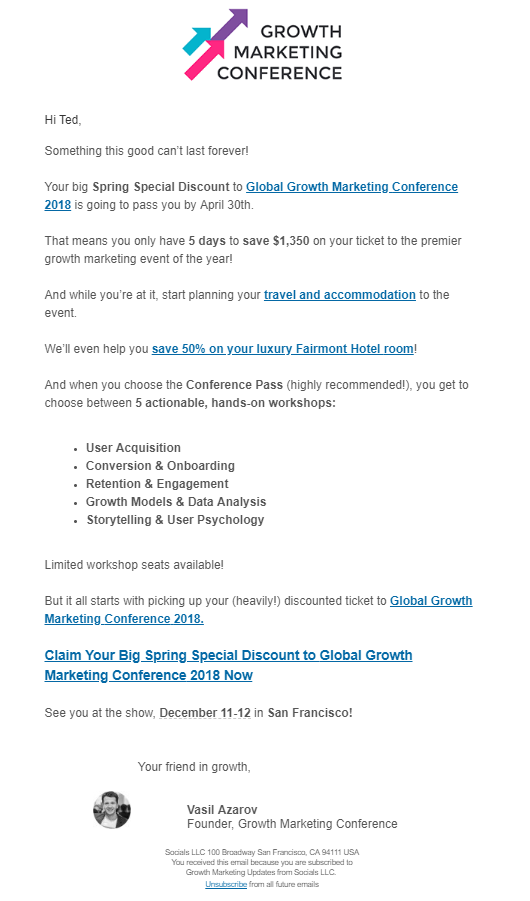
Lead generation is crucial for business growth. Effective emails can drive this process.
In this post, we will explore some examples of lead generation emails. Email marketing remains a powerful tool for businesses. It helps in reaching potential customers directly. Crafting a compelling email can convert readers into leads. But how do you create such emails?
The key is to understand your audience and deliver value. Well-written emails can capture attention and spark interest. This introduction will guide you through examples of effective lead generation emails. These examples will help you understand the elements that work. By the end, you will have a clear idea of how to draft your own successful lead generation emails. Let’s dive in and boost your email marketing efforts.

Credit: www.copy.ai
Introduction To Lead Generation Emails
Lead generation emails are vital for growing your business. They attract potential customers and convert them into loyal clients. These emails have a clear goal: to capture the interest of recipients and encourage them to take action.
Importance Of Lead Generation
Lead generation is crucial for any business. It helps in identifying and targeting potential customers. This process increases the chances of gaining new clients. By focusing on lead generation, businesses can grow their customer base and boost sales.
- Identifies potential customers
- Targets specific audiences
- Increases sales opportunities
- Builds brand awareness
Without lead generation, businesses struggle to find new clients. This can slow down growth. Consistent lead generation keeps the sales pipeline full. It ensures a steady flow of potential customers.
How Emails Drive Conversions
Emails are an effective tool for lead generation. They have a direct impact on conversions. A well-crafted email grabs attention. It engages the reader and prompts them to take action.
Here are some key elements of successful lead generation emails:
| Element | Impact |
|---|---|
| Clear Subject Line | Encourages opening the email |
| Personalization | Makes the email feel relevant |
| Compelling Content | Engages the reader |
| Strong Call-to-Action | Encourages taking the next step |
By focusing on these elements, businesses can create emails that drive conversions. A clear subject line ensures the email gets opened. Personalization makes the email feel relevant to the reader. Compelling content keeps the reader engaged. A strong call-to-action prompts the reader to take the next step.
Email marketing is cost-effective. It allows businesses to reach a large audience quickly. Regular communication through emails keeps your brand in the minds of potential customers. This increases the chances of converting them into clients.
Crafting The Perfect Subject Line
Crafting the perfect subject line is crucial in lead generation emails. A compelling subject line grabs attention and boosts open rates. It sets the tone for the entire email. Your subject line must be clear, concise, and intriguing. Let’s dive into how you can create an effective subject line.
Grabbing Attention
First, focus on grabbing attention. Your subject line should stand out. Use powerful words that evoke curiosity. Avoid using all caps or excessive punctuation. Personalized subject lines also work well. Address the recipient by their first name. Make them feel special and noticed.
Increasing Open Rates
Next, increasing open rates is vital. A good subject line can significantly increase open rates. Keep it short and to the point. Aim for 6-8 words. This ensures it displays well on mobile devices. Include a sense of urgency or exclusivity. Phrases like “Limited Offer” or “Last Chance” work well. Test different variations to see what resonates best.
Personalizing Your Email Content
Personalizing your email content can make a huge difference. It helps build trust and engagement with your audience. By making your emails feel more personal, you increase the chances of a response. This section will show you simple ways to personalize your lead generation emails.
Using Recipient’s Name
Always use the recipient’s name in your emails. It makes the email feel more personal. Instead of “Dear Customer,” use “Dear John.” It shows that you know who they are. It makes the email stand out. It also creates a friendly tone from the start.
Tailoring Content To Audience
Tailor your email content to your audience’s needs. Know what they are interested in. If they signed up for a newsletter on gardening, send them tips about gardening. Avoid sending them unrelated content. This shows that you understand their interests.
Use their past interactions to guide your content. If they clicked on a link about roses, send more information about roses. This keeps them engaged and interested. Personalized content can lead to higher conversion rates.
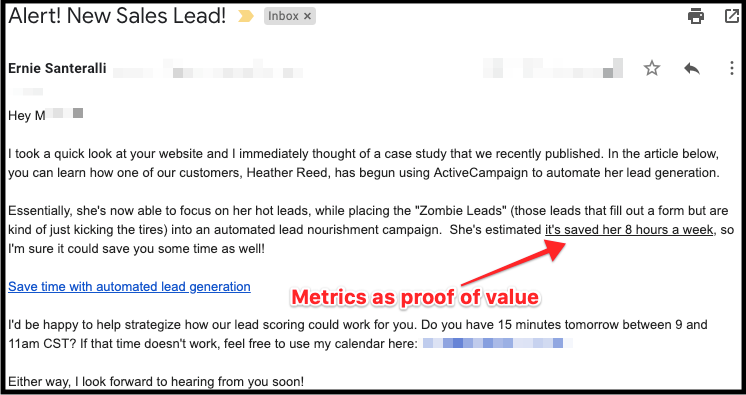
Credit: www.leadfeeder.com
Creating Compelling Email Copy
Creating compelling email copy is key for successful lead generation. The right words can capture attention and drive action. Crafting each part of your email with care can make a huge difference. Let’s explore how to write engaging introductions and highlight key benefits.
Writing Engaging Introductions
An engaging introduction grabs attention instantly. Start with a question or a bold statement. This makes the reader curious. Personalize the opening line to make it relevant. Mention the recipient’s name or their company. Show that you understand their needs. For example, “John, are you struggling with lead generation?” This shows you know their pain point. Keep it short and direct.
Highlighting Key Benefits
After the introduction, focus on the key benefits. Explain how your offer solves their problem. Use bullet points for clarity. Highlight the main advantages in simple words. For instance:
- Save time with automated processes.
- Increase conversion rates with targeted campaigns.
- Boost productivity with easy-to-use tools.
Make each benefit relevant and easy to understand. Show the value without overwhelming the reader. Clear and concise benefits drive engagement.
Designing Eye-catching Email Templates
Designing eye-catching email templates is vital for lead generation. The right template can grab attention and boost engagement. Let’s explore key elements for creating effective email templates.
Choosing The Right Layout
Start by selecting a clean and simple layout. A clutter-free design improves readability. Use a single-column format for easier navigation. Place key information at the top. This ensures it gets noticed first.
Incorporating Visuals
Visuals play a crucial role in engaging readers. Use high-quality images relevant to your message. Infographics can help convey complex information. Ensure images are optimized for quick loading. This prevents delays and keeps readers engaged.
Incorporating Strong Call-to-actions
Effective lead generation emails need strong call-to-actions (CTAs). A clear and compelling CTA can guide your readers to the next step. This increases engagement and conversion rates. But how do you craft and place these CTAs for maximum impact? Let’s explore.
Crafting Clear Ctas
Start with a clear and concise message. Your CTA should tell the reader exactly what to do. Use action-oriented words like “Download,” “Sign Up,” or “Get Started.”
- Use simple, direct language.
- Keep it short – ideally under five words.
- Ensure it stands out visually – use bold or contrasting colors.
Avoid jargon or complex words. Your goal is to make the next step obvious and easy. An example of a clear CTA is:
Download Your Free Guide
Placing Ctas Strategically
Where you place your CTAs matters. Place them where readers are likely to click.
- Include a CTA near the beginning of your email.
- Add another CTA in the middle for those who read halfway.
- Finish with a strong CTA at the end.
Ensure each CTA is relevant to the content around it. This keeps the email cohesive and guides the reader naturally.
Here is a table showing optimal CTA placements:
| Location | Purpose |
|---|---|
| Beginning | Capture attention early. |
| Middle | Re-engage halfway through. |
| End | Provide a final action step. |
By placing CTAs strategically, you increase the chances of reader engagement and action. Remember, the goal is to make the journey clear and straightforward for your audience.
A/b Testing Your Emails
A/B testing your emails can significantly improve your lead generation efforts. This method allows you to compare two versions of an email to see which performs better. By testing various elements of your emails, you can discover what resonates most with your audience. Let’s delve into some key areas to focus on during your A/B testing.
Testing Subject Lines
The subject line is the first thing your recipients see. It can make or break your email’s success. Try different subject lines to see which ones get more opens. Keep one version short and to the point. Make the other one more detailed. You could also test different tones, like friendly or professional. Analyzing these results will help you understand what your audience prefers.
Analyzing Email Content
The body of your email is just as important. Test different formats and lengths. One email could be brief and include a clear call to action. The other could provide more information and details. You can also test different types of content. Try including images in one email and leaving them out in the other. Check which version gets more clicks and responses. This will help you craft more effective emails.
Measuring Email Campaign Success
Measuring the success of your email campaigns is crucial. It helps you understand what works and what doesn’t. By analyzing key metrics, you can refine your strategy. This will lead to better results and higher engagement.
Tracking Open Rates
Open rates show how many recipients open your email. This metric is vital. It indicates the effectiveness of your subject line. A high open rate means your subject line is compelling. On the other hand, a low open rate suggests it needs improvement. Experiment with different subject lines. Use action words and personalization. Track the open rates for each campaign. Note what works best.
Evaluating Conversion Rates
Conversion rates measure the number of recipients who take the desired action. This could be clicking a link, signing up for a webinar, or making a purchase. To evaluate conversion rates, set clear goals for each email. Monitor how many recipients meet these goals. A high conversion rate indicates your email content is persuasive. If the rate is low, review your email’s call to action. Ensure it is clear and compelling. Test different approaches to see what drives better results.
Best Practices For Follow-up Emails
Follow-up emails play a crucial role in lead generation. They help to remind prospects about your offer and keep the conversation going. Knowing the best practices for follow-up emails can greatly improve your chances of converting leads into customers.
Timing Your Follow-ups
Timing is key for follow-up emails. Send your first follow-up email within 24 hours. This keeps your offer fresh in the prospect’s mind. If you don’t hear back, wait 3-4 days before sending the next email. Too many emails too soon can seem pushy. Spread them out to avoid overwhelming the recipient.
Personalizing Follow-up Content
Personalizing your follow-up emails makes them more effective. Address the recipient by their name. Mention their company or industry. Reference any previous conversations or interactions. This shows you value their time and are genuinely interested in their needs.
Include relevant information that addresses their pain points. Provide solutions tailored to their specific problems. This will make your emails more engaging and increase the likelihood of a response.
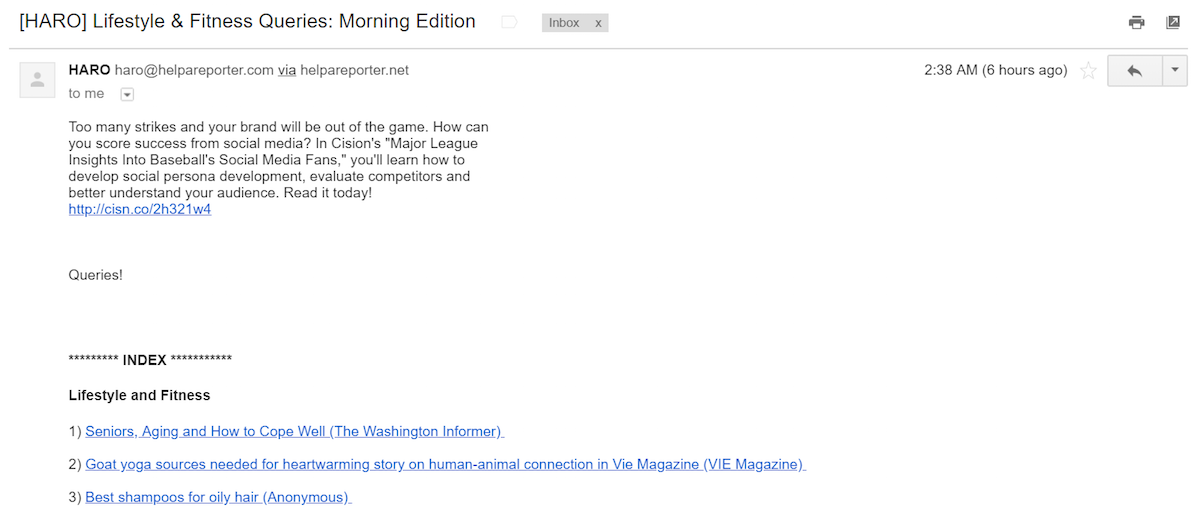
Credit: instapage.com
Common Mistakes To Avoid
Lead generation emails are crucial for attracting potential customers. But, many make common mistakes that hurt their effectiveness. Avoiding these errors can improve your email campaigns. Let’s discuss some common mistakes to avoid.
Overloading With Information
Too much information can overwhelm your readers. Keep your email content short and to the point. Focus on one main idea or action. This helps your audience understand your message quickly. Avoid long paragraphs and complex sentences. Simplify your content to hold your reader’s attention.
Ignoring Mobile Optimization
Many people read emails on their mobile devices. Ignoring mobile optimization can cost you potential leads. Ensure your emails are mobile-friendly. Use a responsive design that adjusts to different screen sizes. Keep your subject lines short. Use larger fonts and clear calls to action. This makes it easier for mobile users to engage with your content.
Conclusion
Crafting an effective lead generation email is crucial for success. Use clear, concise language. Personalize your message to connect with your audience. Focus on their needs. Offer a solution to their problems. Keep your email brief and engaging. Remember, a strong call-to-action is vital.
Test different approaches to see what works best. With practice, your emails will generate more leads. Stay consistent and patient. Success will follow.
